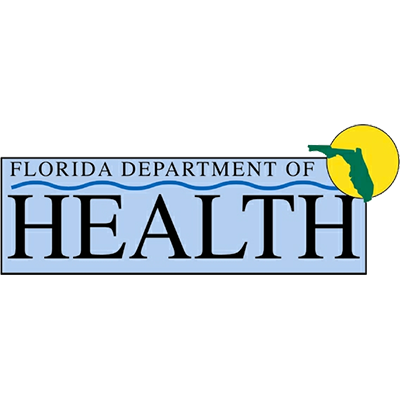Hopefully, you have already seen part one of this series on 2021 in addiction medicine. We are exploring the seven pillars for future success that were laid out by a group of experts in the recovery field. Number 3 on that list was consultation-liaison psychiatric and addiction services. This is a simpler idea than what it sounds like. The idea behind the third pillar is that often-times the easiest way to introduce someone to mental health or substance abuse services is when they are seeking treatment for another health problem. According to Lopez-Palayo et. Al. “admission creates an opportunity for people with SUDs to access treatment at an earlier stage and close the treatment gap.” They also note that getting clinicians from all different backgrounds involved in SUD treatment promotes a less stigmatized culture overall, as people who are trained in dealing with addiction will be more comfortable doing so.
The number 4 pillar is increased harm-reduction measures. This one is especially important to me as my home state of Indiana saw a situation where an HIV outbreak was occurring amongst people with substance use disorder and our governor did not ultimately care enough or know enough about harm reduction to get clean needles to people in the affected group. We want to move forward as a society and strive to never have situations where people die because of a lack of education and because of stigmatization, which is the reason the Scott County Indiana outbreak was not handled correctly in my estimation. Of course, abstinence is desirable when it comes to substance use disorders, but in some circumstances where abstinence is not immediately possible, we have learned over time that it is best to reduce the harm that people will do to themselves and each other because of addiction. This includes needle-exchanges, as were needed in my home state. The authors of the study we are using for this investigation also point to a “housing first” methodology for treating homeless people with substance use disorder. Understanding that getting a roof over a person’s head can make it easier to later treat underlying addiction issues.
Both pillars 3 and 4 are very familiar to me. Consultation-liaison psychiatric and addiction services, which is pillar number 3, is an important background skill for many of the people involved at Florida Springs Wellness and Recovery Center, which is one of the best drug rehabs in Florida and one of the best alcoholism programs in the country. Some of the staff at Florida Springs played key roles in Operation Save Lives in Jacksonville, Florida, which was a program in which overdose cases would receive consultation and referral to addiction recovery services, which is something that is missing from most emergency medicine systems. Pillar 4, which is harm-reduction, is something I wrote about multiple times last year. We discussed some important harm-reduction arguments currently happening in Alabama. Our Florida Springs Center is near Alabama, and we have discussed how decisions made by the legislature of Alabama have made finding treatment in Alabama more difficult for many people. If you or a loved one is in Alabama or Florida, the best drug and alcohol rehab in Florida is located in the Florida Panhandle, and is easily accessible for people in either state. Call them today to speak to a counselor. In our next article we will discuss pillars 5, 6, and 7.
By T.A. Cannon (Contact me at TACannonWriting@gmail.com)
References
LÓPEZ-PELAYO, H. et al. “The post-COVID era”: challenges in the treatment of substance use disorder (SUD) after the pandemic. BMC medicine, [s. l.], v. 18, n. 1, p. 241, 2020. DOI 10.1186/s12916-020-01693-9. Disponível em: http://search.ebscohost.com/login.aspx?direct=true&db=mnh&AN=32731868&authtype=geo&geocustid=s8475741&site=ehost-live&scope=site. Acesso em: 5 jan. 2021.



